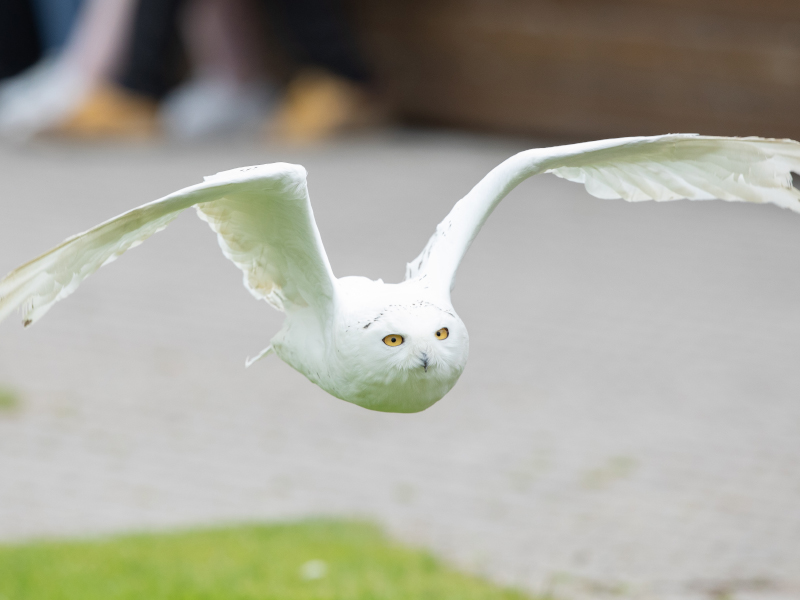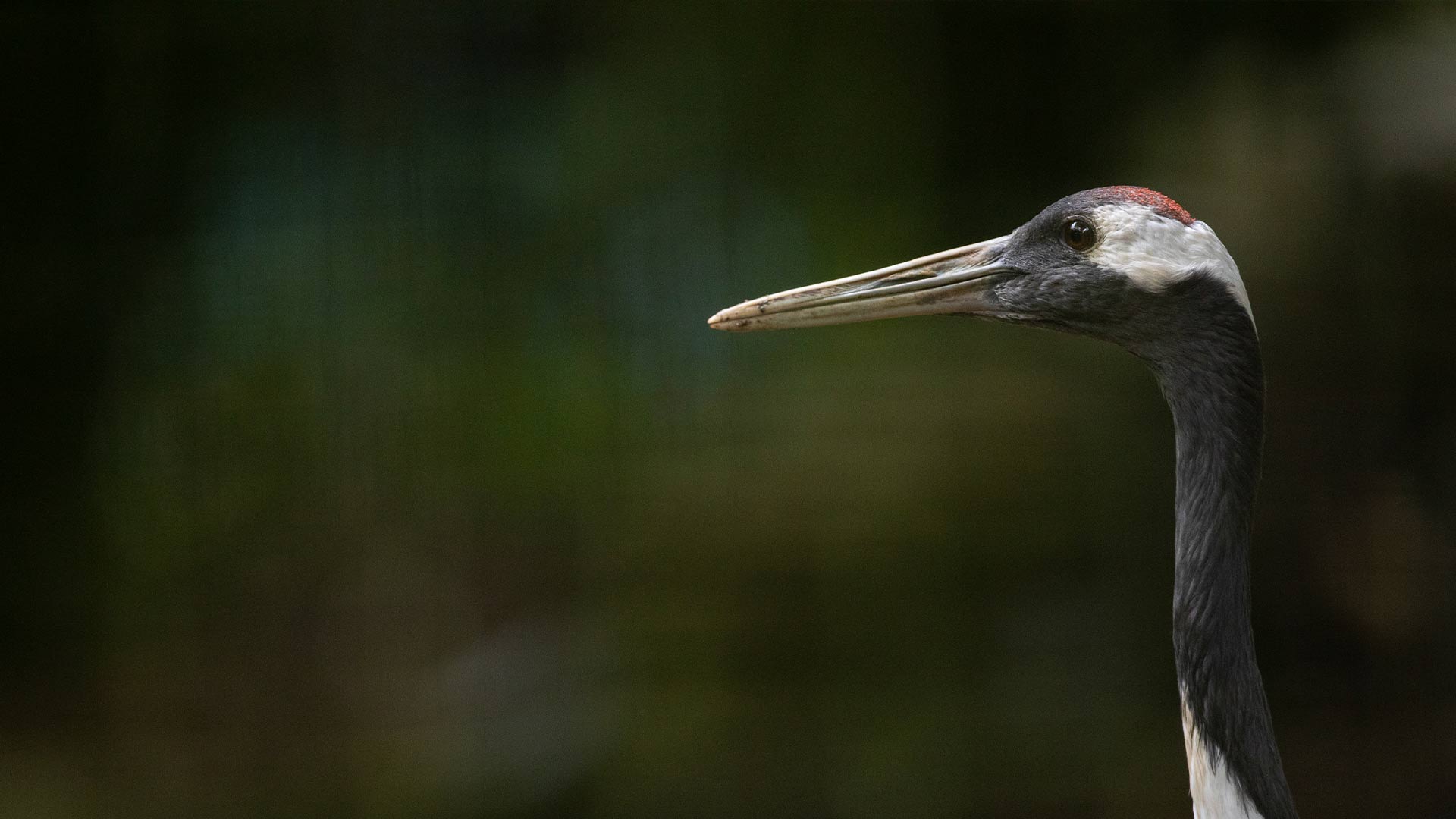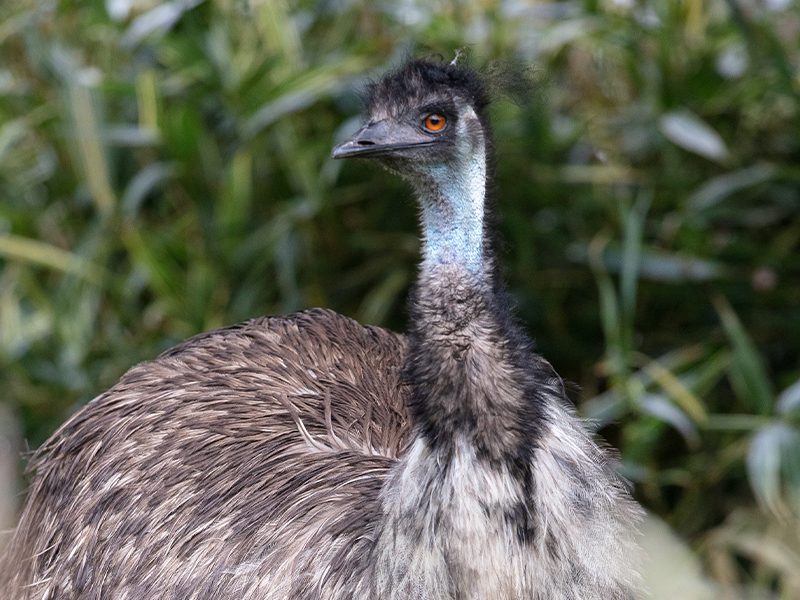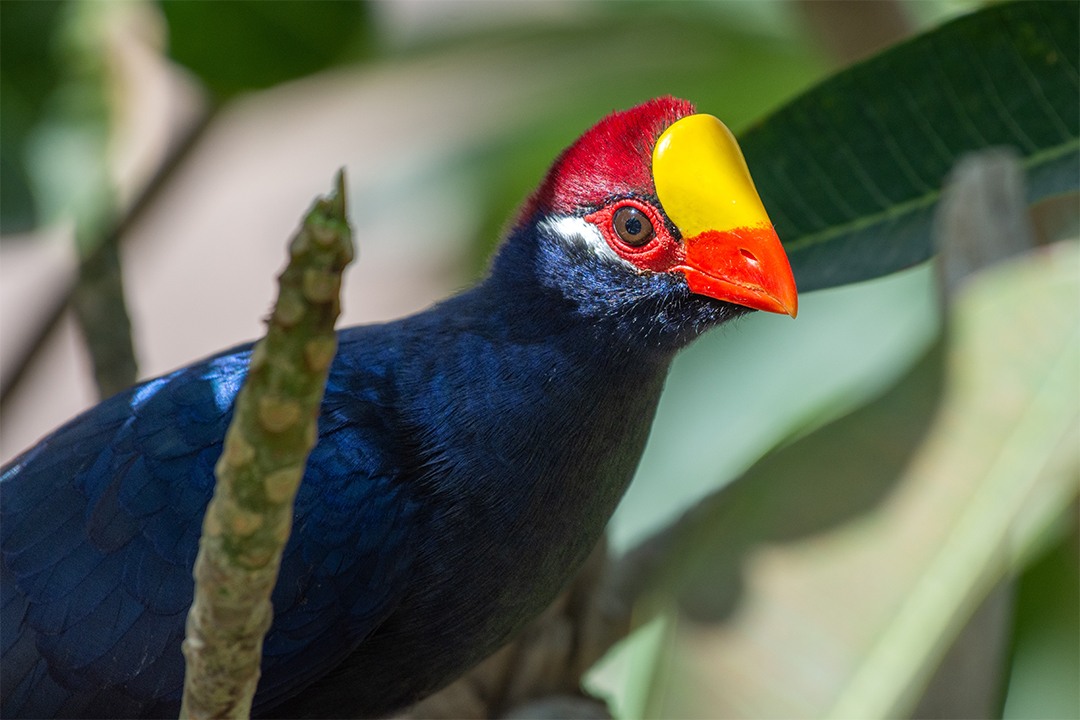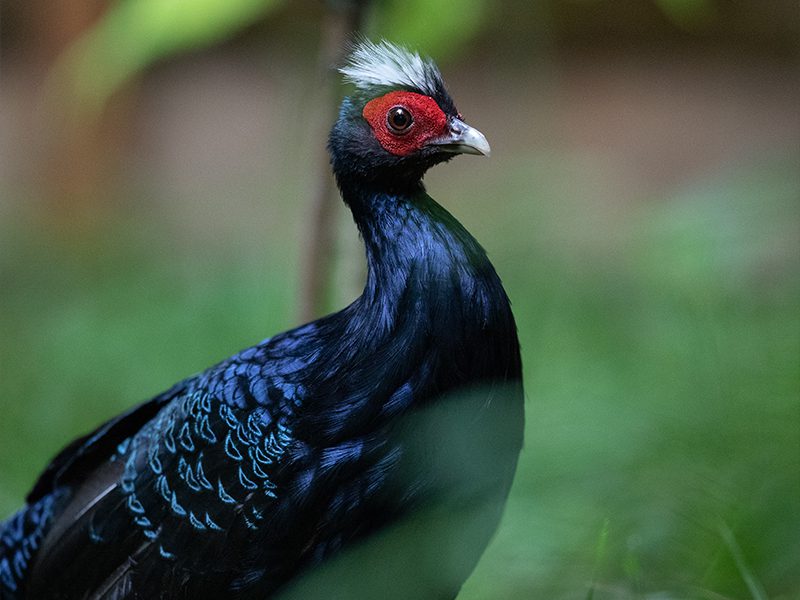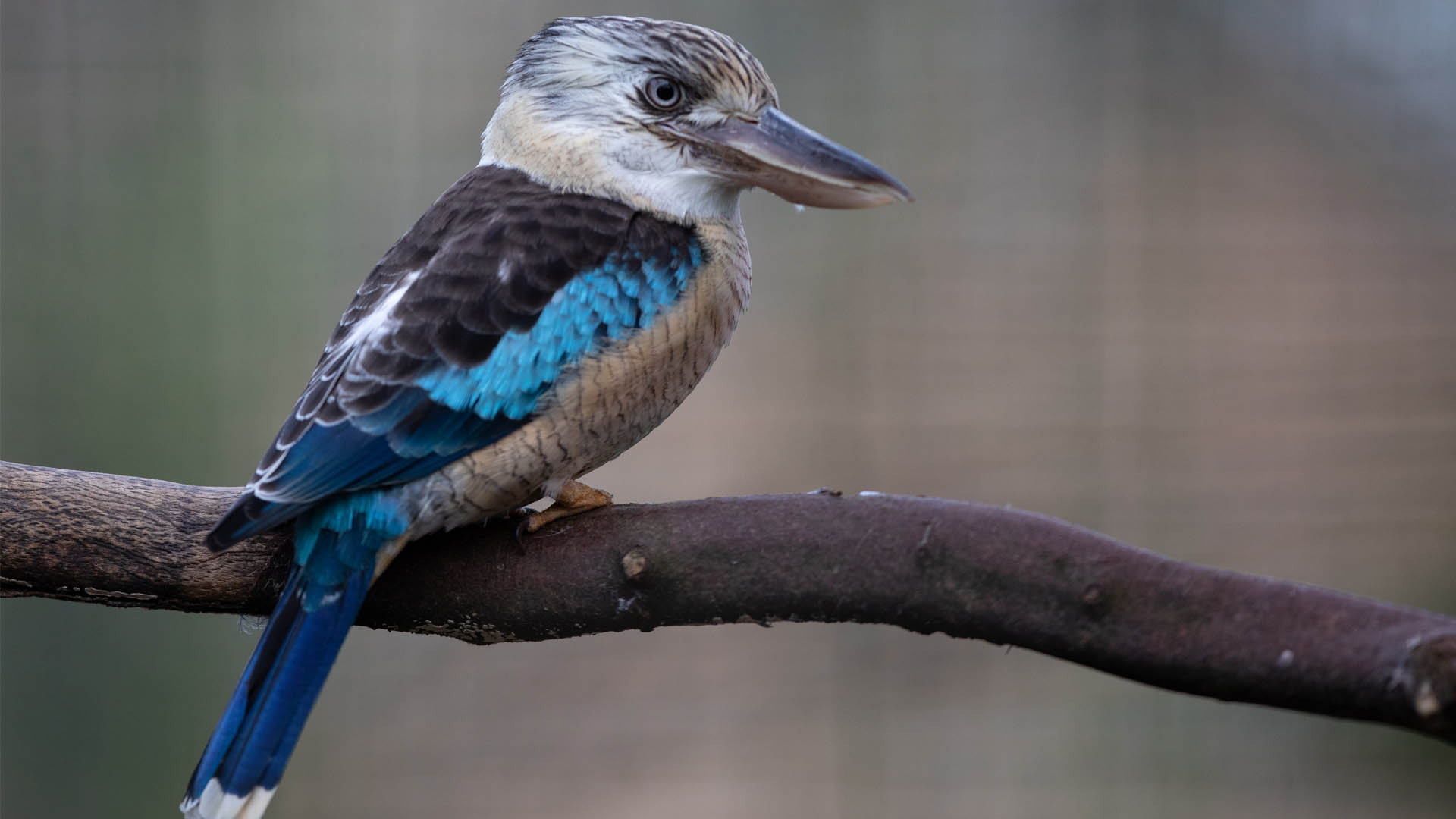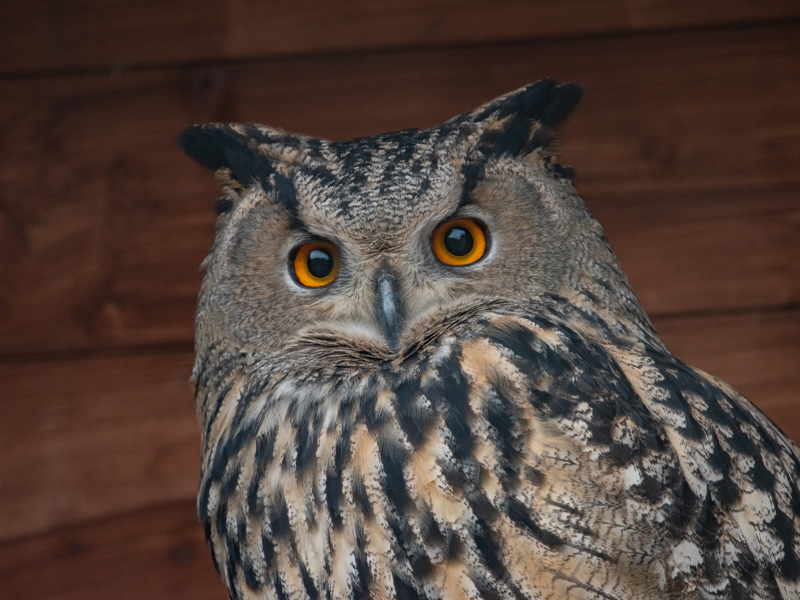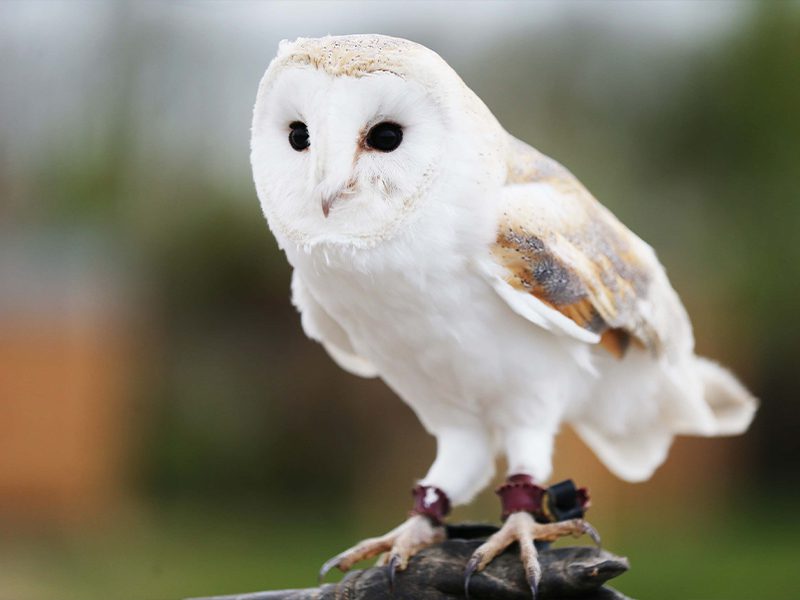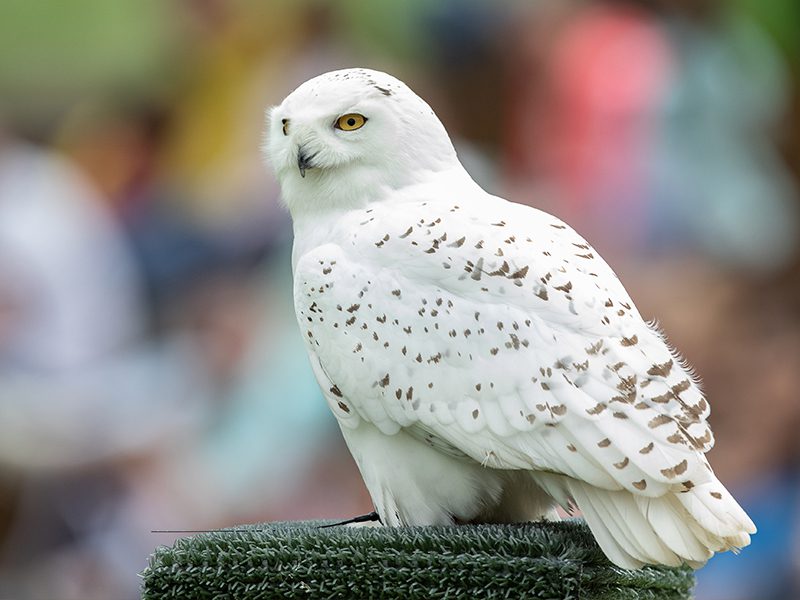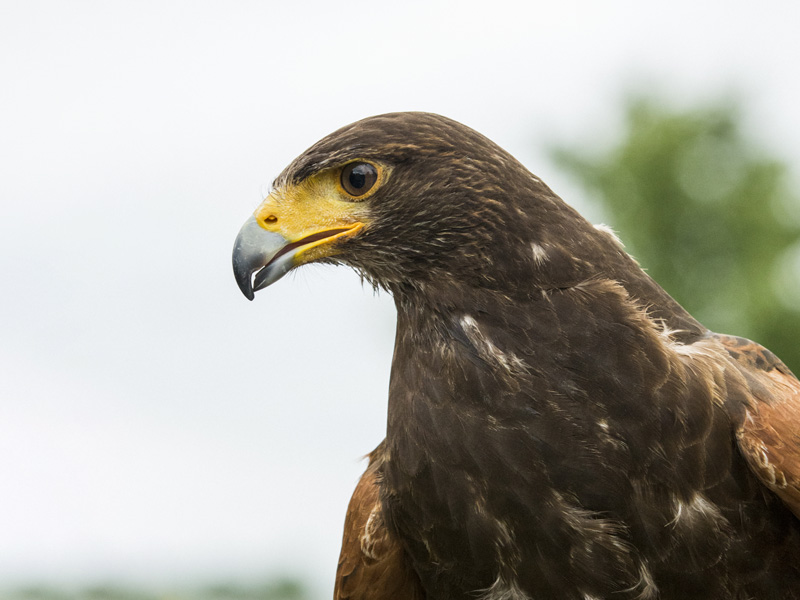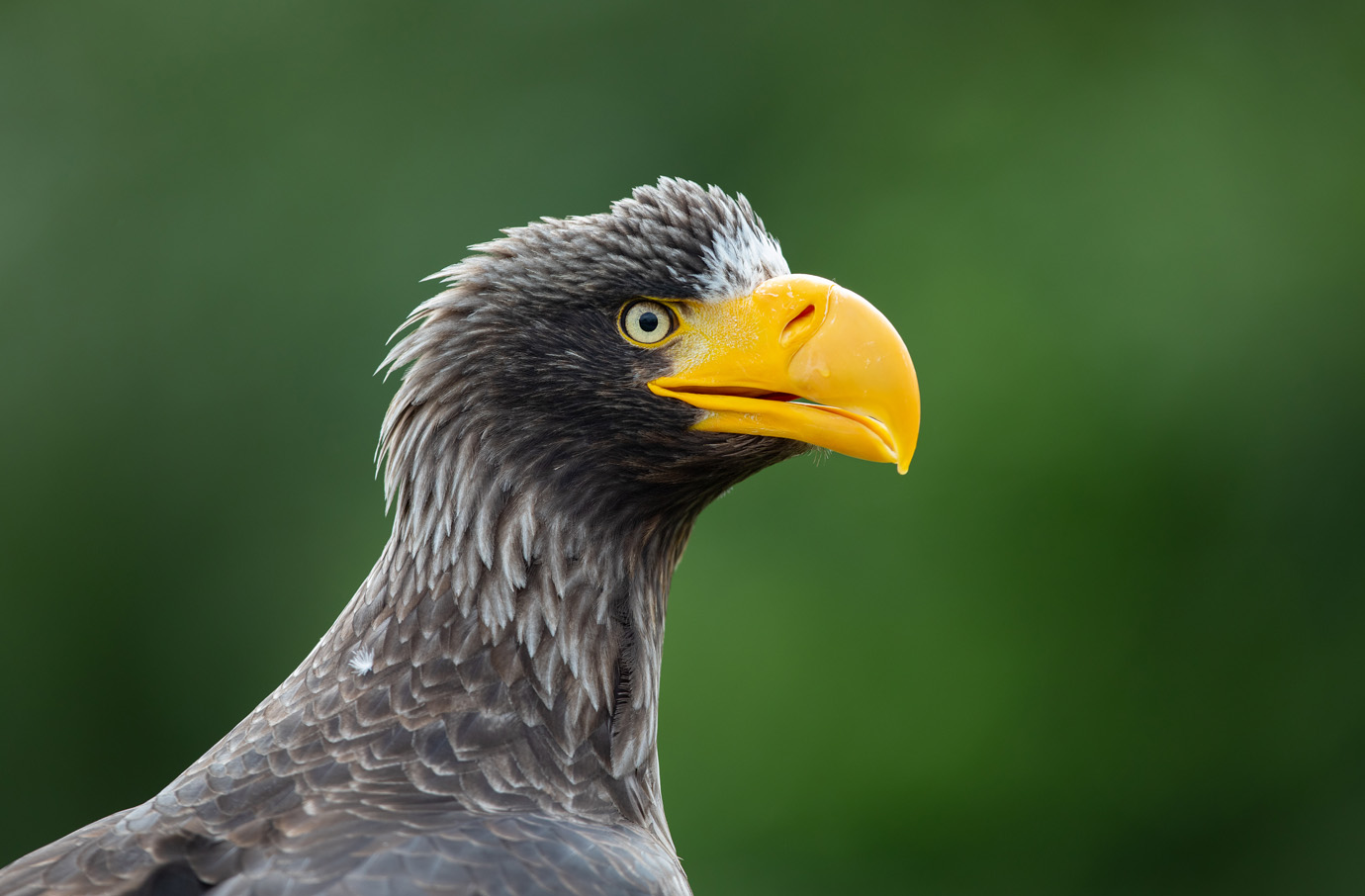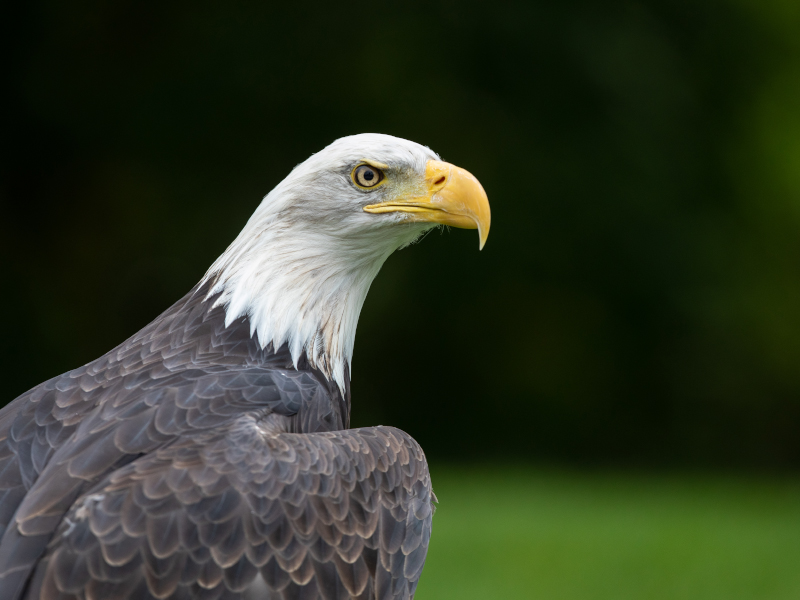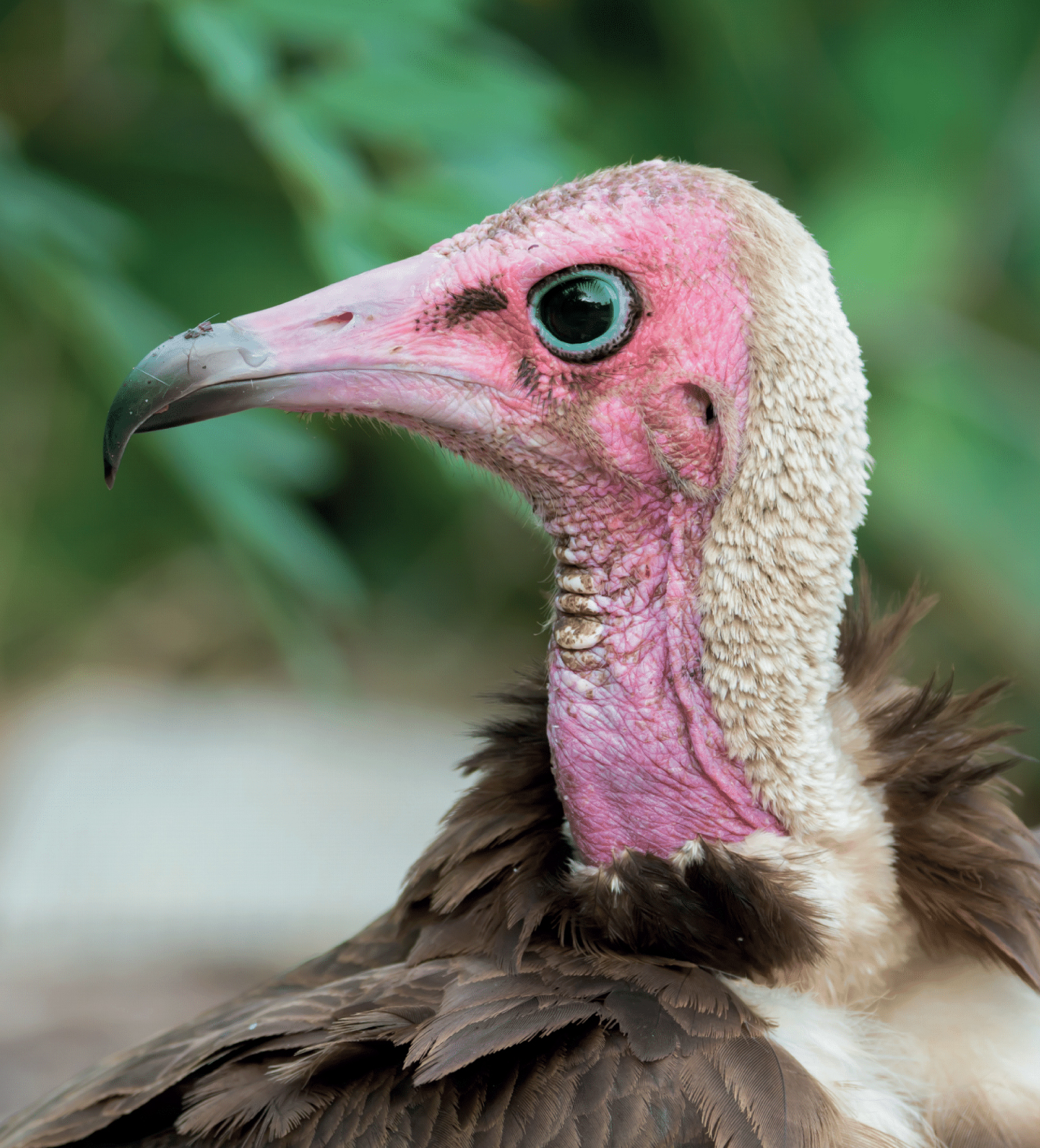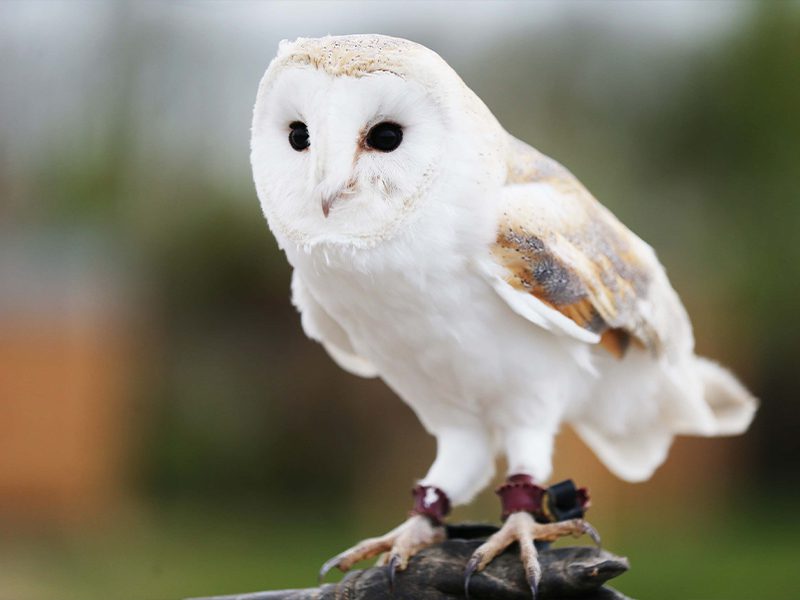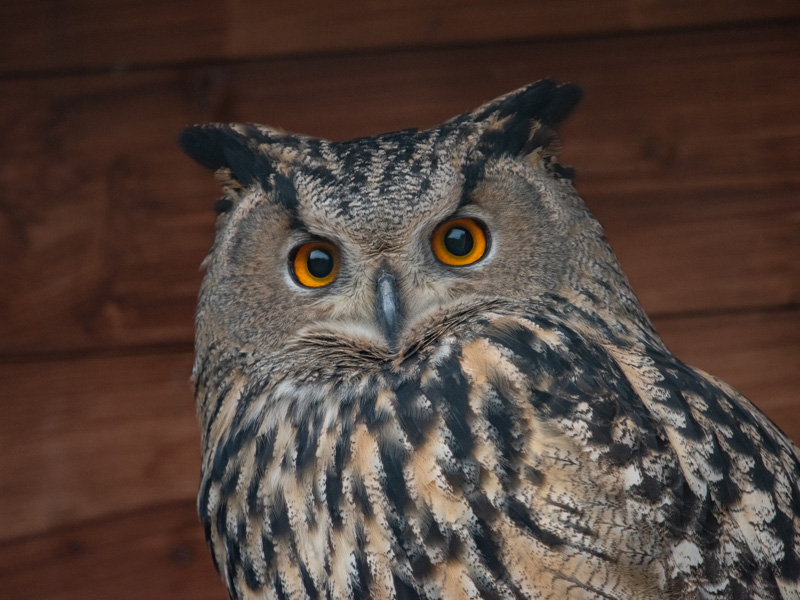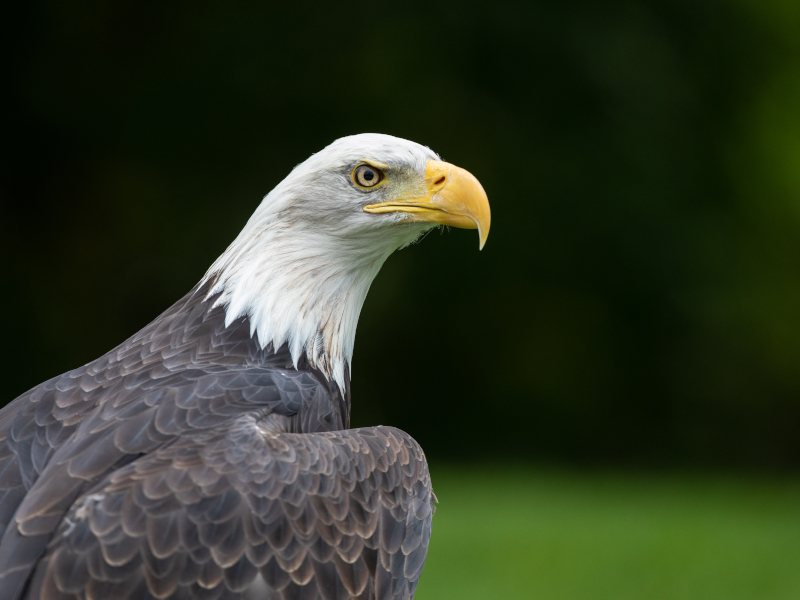Male snowy owls are almost completely white while the females tend to be more heavily barred with black spots. Their distinctive white plumage allows them to stay well camouflaged against a snowy background while hunting and the barred plumage of the female allows for camouflage while nesting on the ground when snow is melting, in the spring. They have very dense feathers adapted for insulation in cold environments.
They are solitary when not breeding, and very territorial when breeding. They will fiercely defend their nest scrape from predators.
They are migratory birds, but their movements are difficult to predict, as they seem to migrate only when food becomes scarce.

Popular Searches
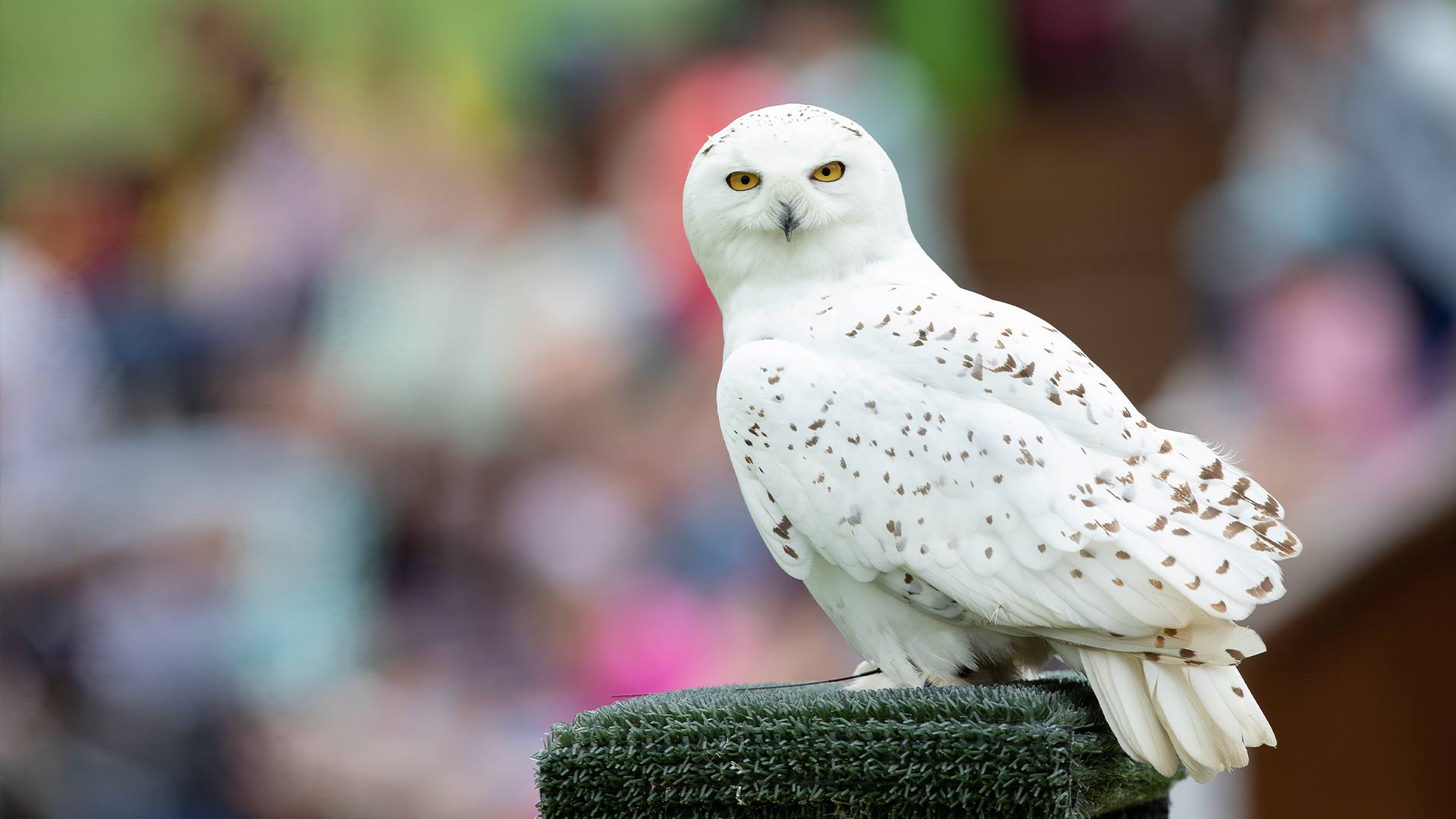
Snowy owl
-
Introduction
-
Conservation
Snowy owls are classified as vulnerable.
High rates of population decline have been reported and are likely due to climate change influencing the availability of prey species as well as vehicle collisions*
Secondary poisoning, indiscriminate trapping, and a reduction of habitat, due to urbanisation and climate change, are also influencing wild populations.
Snowy owls are endangered or threatened across the US but are protected under the US Migratory Bird Act.
*IUCN, 2021
-
Habitat
Snowy owls have a circumpolar distribution. They are found across a range of countries such as Canada, Alaska, Greenland, Russia, north Scandinavia, and Siberia. Snowy owls will move depending on food availability and so they have been recorded much further south, with the rare visit to Ireland.
They inhabit tundra, as well as wetlands, grasslands, costal and intertidal areas. -
Fun Facts
Snowy owls are predators that prefer the small mammals, known as lemmings, but will also hunt other small mammals and birds also.
Snowy owls are monogamous. Males preform aerial display to attract the females. Females will lay an egg every other day and can lay from 3-11 eggs per clutch.
The male will bring food to the nest, where the female is protecting the chicks. She will rip up the food and feed it to the chicks.
During times of increased prey numbers there will be an increase in the number of snowy owl fledglings.




